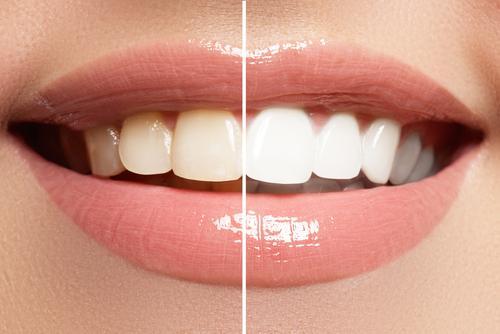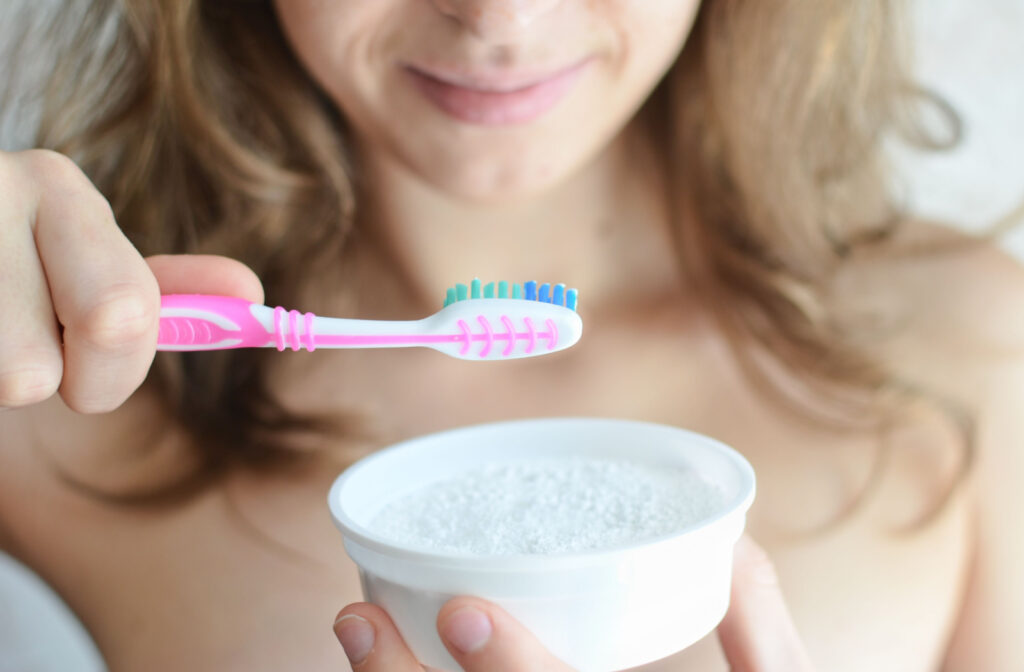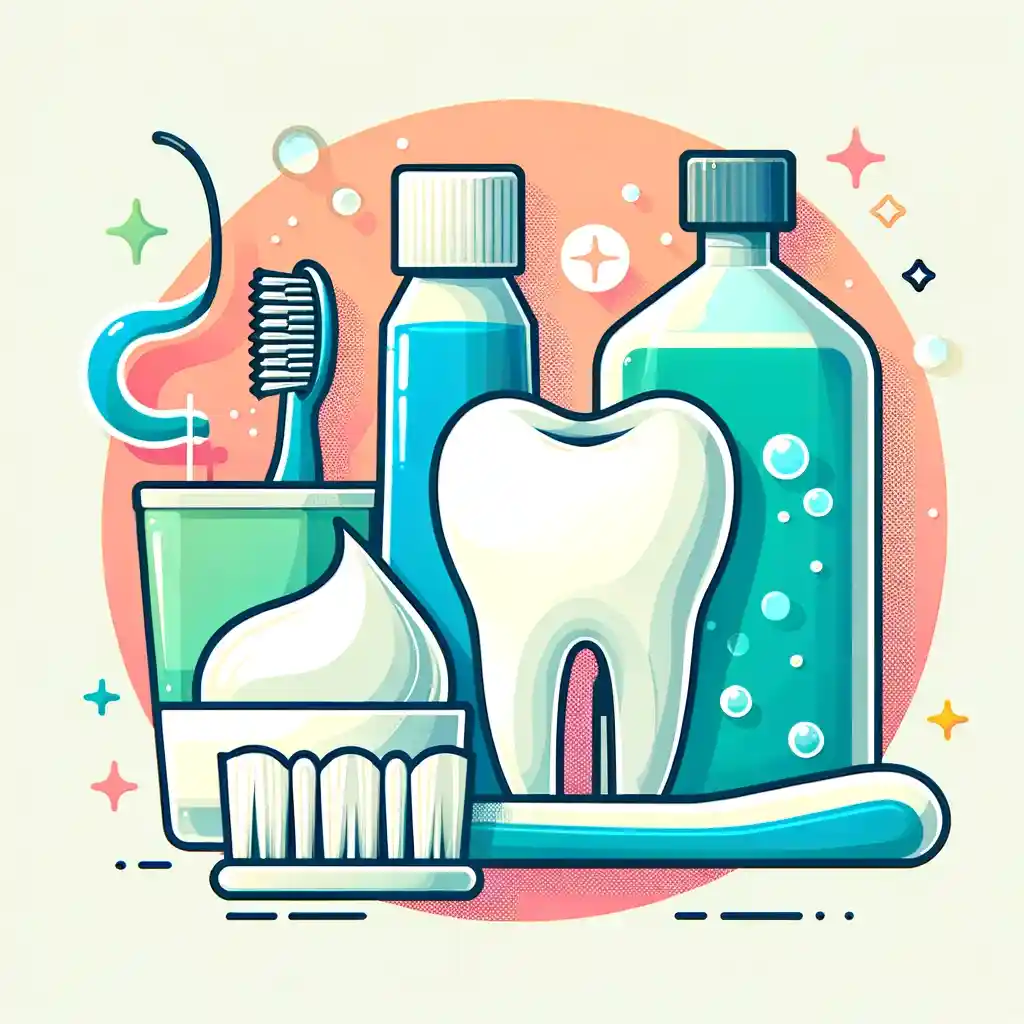
Natural teeth whitening helps brighten your smile safely without harsh chemicals or costly treatments. By maintaining consistent oral hygiene, using gentle natural ingredients, and avoiding stain-causing habits, you can achieve gradual, long-lasting whitening while protecting enamel and gum health.
Key Takeaways
- Focus on removing surface stains, not changing natural tooth color.
- Key methods: baking soda, oil pulling, diluted hydrogen peroxide, and activated charcoal.
- Maintain strong oral hygiene and avoid overuse of abrasives or chemicals.
- Limit coffee, tea, red wine, sodas, and dark-pigmented foods.
- Include crunchy fruits and vegetables to naturally cleanse teeth.
- Consistency, hydration, and balanced diet are essential for lasting results.
Why Your Approach to Teeth Whitening Matters
Choosing the right method for whitening your teeth is essential because some approaches can damage enamel or irritate gums. Commercial whitening kits and bleaching agents often contain peroxide or other strong chemicals that may weaken teeth over time, especially if used excessively.
Natural whitening focuses on supporting your mouth’s ecosystem by:
- Removing plaque and surface stains without harsh abrasives
- Strengthening enamel with nutrient-rich care
- Avoiding foods and habits that cause staining
- Maintaining daily oral hygiene routines that support overall dental health
Rather than seeking overnight miracles that might backfire, a natural approach builds beneficial habits and ensures lasting improvements without compromising your teeth’s health.
Understanding Natural Teeth Whitening
Natural teeth whitening does not change your teeth’s intrinsic color but gently removes extrinsic stains caused by coffee, tea, tobacco, and food pigments. These stains accumulate on the enamel surface and can be softened and cleared with the right care.
Healthy natural whitening includes:
- Consistent oral hygiene: Regular brushing and flossing eliminate the plaque layer, which harbors stains and bacteria.
- Wholesome, stain-reducing diet: Including fibrous fruits and avoiding overly pigmented or acidic foods helps reduce stain buildup.
- Natural stain removers: Baking soda, activated charcoal, and oil pulling reduce bacterial buildup and polish teeth naturally.
- Lifestyle adjustments: Quitting smoking and drinking water regularly support saliva production and oral cleansing.
The process is gradual, with visible improvements typically seen within weeks, making patience and consistency critical.
10 Natural Tips for Whiter Teeth at Home
To naturally brighten your smile safely and effectively, here are 10 practical and science-backed tips you can easily incorporate into your daily routine:
1. Brush with Baking Soda Occasionally

Baking soda (sodium bicarbonate) is a mild abrasive with natural whitening properties. It helps gently buff away surface stains without damaging enamel when used properly. It also neutralizes acids that cause tooth decay.
- Mix a small amount (½ teaspoon) of baking soda with water to create a paste.
- Use this paste for brushing no more than 2-3 times per week to avoid enamel erosion.
- Baking soda boosts oral pH, creating an environment less favorable to bacteria that cause plaque.
2. Try Oil Pulling
Oil pulling is an ancient Ayurvedic practice that promotes oral hygiene by swishing oil in the mouth to trap bacteria and reduce plaque. Coconut oil is preferred due to its antimicrobial properties.
- Swish 1 tablespoon of organic coconut oil in your mouth for 10–15 minutes daily.
- Spit out the oil and rinse with warm water afterward.
- Oil pulling can gradually reduce stains and improve gum health, making teeth appear cleaner and brighter.
3. Use Hydrogen Peroxide Safely
Hydrogen peroxide is a natural bleaching agent that can remove stains and whiten teeth due to its oxidizing effects.
- Dilute 3% hydrogen peroxide with equal parts water to reduce risk of irritation.
- Use it as a mouth rinse for about 30 seconds to 1 minute, 2–3 times per week.
- Avoid swallowing rinse and do not use undiluted peroxide, which can damage enamel and gums.
4. Eat Crunchy Fruits and Vegetables
Crunchy fruits and vegetables act as natural scrubbers that help clean teeth surfaces while stimulating saliva production, which neutralizes acids that erode enamel.
- Apples, carrots, celery, and pears are ideal choices.
- These foods also provide vitamins promoting gum health and enamel strength.
5. Limit Stain-Causing Drinks
Certain beverages like coffee, tea, red wine, and dark sodas are high in tannins and pigments that cling to teeth and cause yellowing over time.
- Use a straw to minimize contact with teeth.
- Rinse your mouth with water immediately after consumption to wash away residual pigments.
- Reducing frequency and portion sizes helps protect your smile.
6. Brush After Eating (When Safe)
Brushing removes food particles and prevents acids from settling on teeth, but timing is important to prevent enamel damage.
- Wait at least 30 minutes after eating acidic foods or beverages before brushing to avoid weakening enamel.
- Use a soft-bristled brush and gentle strokes to clean effectively and maintain gum health.
7. Try Activated Charcoal in Moderation
Activated charcoal has porous surfaces that adsorb plaque and pigments, helping to whiten teeth naturally.
- Use a small amount of activated charcoal powder on a damp toothbrush.
- Brush gently for 2 minutes, 1-2 times per week.
- Overuse can be abrasive, so moderation is key.
8. Maintain Strong Oral Hygiene

Consistent oral hygiene is the foundation for naturally white teeth.
- Brush teeth at least twice a day using fluoride toothpaste.
- Floss daily to remove debris and plaque between teeth.
- Consider using a whitening toothpaste with natural ingredients to enhance results.
9. Stay Hydrated
Adequate water intake boosts saliva production, which naturally cleanses teeth and reduces bacterial growth that can cause plaque and staining.
- Drink water throughout the day to rinse away sugars and food particles.
- Swish water around your mouth after meals to reduce staining potential.
10. Be Patient & Consistent
Natural whitening methods require time and consistency to produce noticeable results. Quick fixes are often temporary or damaging.
- Track your progress with photos or mirror checks every few weeks.
- Celebrate small improvements and maintain your routine for lasting benefits.
Foods to Limit or Avoid for Whiter Teeth
Certain foods and drinks can contribute to teeth staining and discoloration over time. Being mindful of what you consume and opting for healthier alternatives can help maintain a brighter, whiter smile. The table below highlights common culprits and suggests better options to support your teeth whitening efforts:
| Foods/Drinks to Limit | Why They Stain Teeth | Better Alternatives |
| Coffee, black tea, red wine | Contain tannins causing yellow or brown stains | Green tea, white tea, herbal infusions |
| Dark sodas | Acidic and colored, erode enamel and stain | Sparkling water, infused water |
| Berries (blue/blackberries) | High pigment content clings to enamel | Apples, pears, cucumbers |
| Sugary foods & candies | Feed plaque-causing bacteria | Fresh fruits, nuts, sugar-free gum |
| Tomato sauce & soy sauce | Highly pigmented and acidic | Lighter sauces like pesto, olive oil |
Frequently Asked Questions
How quickly can I expect results from natural whitening?
Results vary by individual but often start to appear within 2–4 weeks with consistent care.
Are these natural methods safe for my teeth?
Yes, when used correctly and in moderation. Avoid overusing abrasives like baking soda or charcoal to protect enamel.
Does oil pulling really work?
Oil pulling helps reduce bacteria that cause plaque and bad breath, indirectly leading to a cleaner and slightly whiter appearance over time.
Is hydrogen peroxide safe to use at home?
Diluted 3% hydrogen peroxide rinses are safe a few times per week. Avoid ingesting it or using higher concentrations without professional guidance.
Can natural whitening replace professional treatments?
Natural methods are ideal for mild surface stains. Deep or intrinsic discolorations may require professional whitening or dental treatments.
How important is diet in teeth whitening?
Diet plays a major role in staining and enamel health. Reducing highly pigmented and acidic foods, and including crunchy, fibrous produce helps maintain whiteness.
Conclusion
Natural teeth whitening at home is a gentle, safe, and economical way to brighten your smile while supporting overall oral health. By incorporating remedies like baking soda, oil pulling, and diluted hydrogen peroxide rinses—alongside smart diet and lifestyle choices you can effectively reduce surface stains and prevent further discoloration.
Patience and regular care are essential, as consistent small steps yield lasting improvements without risking sensitivity or damage. Ultimately, a bright smile is a reflection of healthy habits and confidence, not just a number on a shade guide. Embrace these natural strategies, and enjoy the benefits of a cleaner, healthier, and more radiant smile every day.
References
- American Dental Association (ADA) – Teeth Whitening: Get Facts About Bleaching and Whitening
https://www.ada.org/resources/research/science-and-research-institute/oral-health-topics/teeth-whitening - Mayo Clinic – Teeth Whitening: What You Should Know
https://www.mayoclinic.org/tests-procedures/teeth-whitening/about/pac-20393377 - National Institute of Dental and Craniofacial Research – Oral Health Topics
https://www.nidcr.nih.gov/health-info/oral-health-topics - Cleveland Clinic – How to Whiten Teeth Naturally
https://health.clevelandclinic.org/how-to-whiten-teeth-at-home-naturally/ - Colgate – Natural Ways to Whiten Your Teeth at Home
https://www.colgate.com/en-us/oral-health/whitening/natural-ways-to-whiten-your-teeth-at-home-0116 - WebMD – Teeth Whitening: What You Need to Know
https://www.webmd.com/oral-health/guide/teeth-whitening
Aubrey Carson is an RDN with 9 years across hospital, outpatient, and private practice settings. They earned an MS in Clinical Nutrition from Tufts University – Friedman School (2016) and completed a Dietetic Internship at Mayo Clinic. Aubrey specializes in micronutrient assessment, evidence-based supplementation, and patient education. Their work includes CE presentations for the Academy of Nutrition and Dietetics and collaborations with Mass General Brigham on nutrition education resources.

